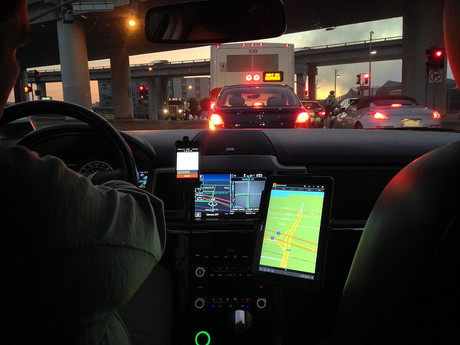SA to legalise ridesharing from 1 July

The South Australian government has announced plans to legalise ridesharing starting from 1 July.
Premier Jay Weatherill and Transport Minister Stephen Mullighan have laid out plans for wide-ranging reforms to taxi and chauffeur vehicle industry regulations, aimed at allowing new players such as UberX to enter the industry.
App-based services such as UberX, Ingogo, GoCatch and Oiii will be allowed to operate as long as they adhere to strict driver accreditation and vehicle roadworthiness standards. Drivers will be subject to police and working-with-children checks and six-monthly roadworthiness inspections.
To compensate the taxi industry, the SA government will offer an assistance passage including a $30,000 payment per taxi licence, $50 per week compensation for a maximum of 11 months and a freeze on the release of new taxi licences for at least five years.
Taxi licences in the state sold for around $320,000 in 2014 but had fallen to $240,000 due to ongoing uncertainty surrounding ridesharing services. There are 1035 active taxi licences and 102 access cab licences in the state.
The compensation package will be funded by a $1 passenger levy on all metropolitan trips across all services, including taxi rides and ridesharing services.
Under the regulatory changes, taxis will continue to have exclusive rights to offer rank and hail services, while taxi and chauffeur services will have exclusive rights to pre-booked work and cash fares.
The government also aims to reduce credit card surcharges for taxi rides, capping the added payment at 5% of the total fare.
South Australia is now the third state to reveal plans to legalise ridesharing, following NSW and the ACT.
Four ways AI can finally make threat intelligence useful and not just noisy
Done poorly, threat intelligence is noise. But done well, it becomes one of the most powerful...
Australia’s top tech priorities for 2026
It is anticipated that AI will evolve from a pilot project to a productive standard, underpinned...
Why AI's longevity lies in utility, not novelty
The real potential of AI is in underpinning the invisible systems powering everyday business.







